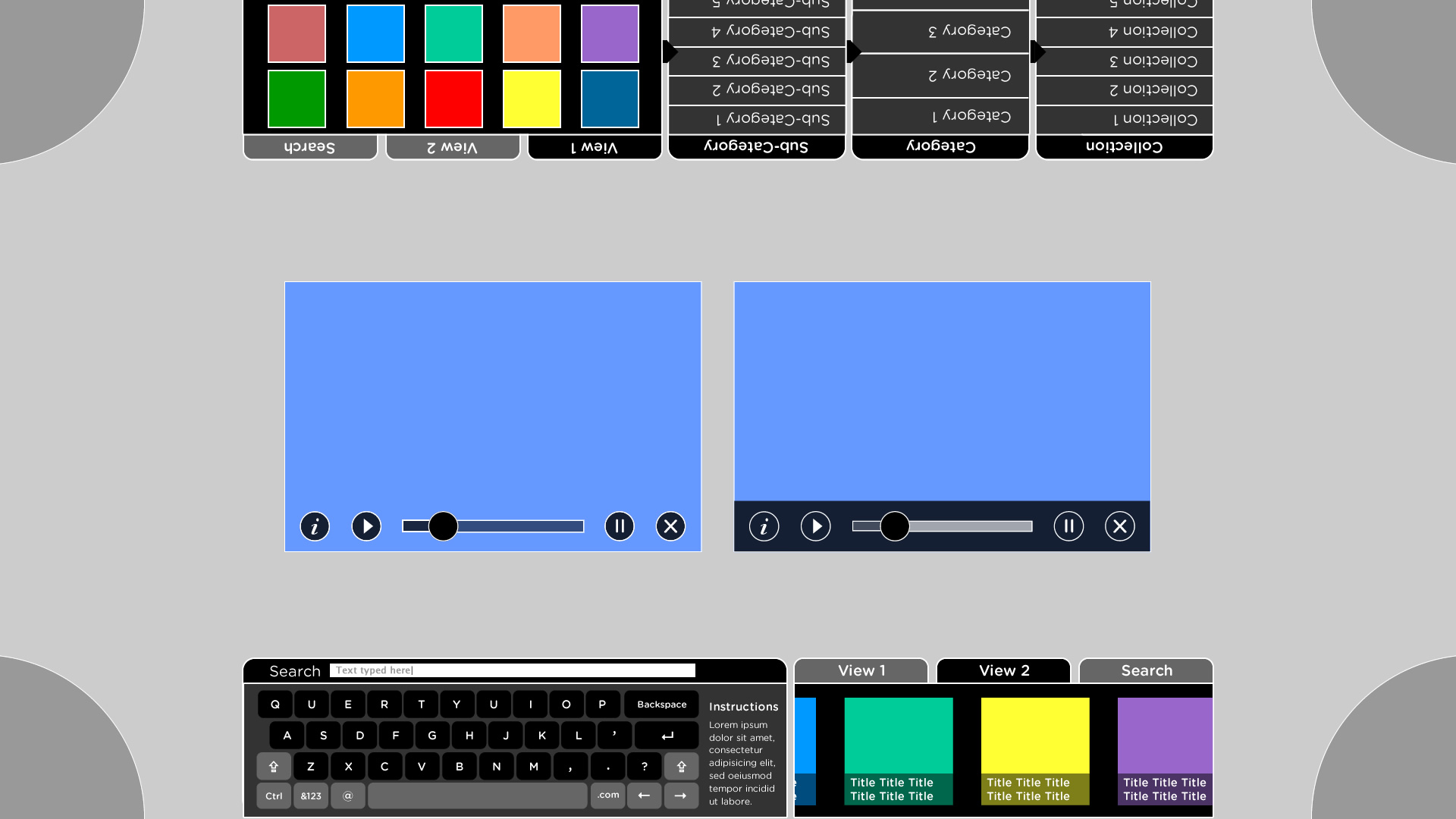Blog
MOPA Project in Japan - Update
MOPA (Museum of Photographic Arts) in San Diego has just posted more information about their new exhibit which uses Open Exhibits software.
MOPA in Japan - My Gallery ??? (Interactive)
MOPA has been part of an amazing collaboration with the National Institute of Information and Communications Technology (NICT), and the Pacific Rim Undergraduate Experience (PRIME) program at the University of California, San Diego (UCSD). By harnessing the Open Exhibits multi-touch software from Ideum and hardware from NICT, PRIME students Lance Castillo and Wesley Hsu designed and implemented an interactive touch table featuring MOPA's hand selected photography collection.
> Read the full post and see more photos on MOPA Staff Blog.
Building a Better Collection Viewer
(You might want to see a new post on this topic: updated October 3, 2011)
Our Collection Viewer software is a multitouch-enabled media viewer that can display images and video from local files or from Flickr or YouTube. It is unique in that it was the first multitouch enabled viewer to display metadata such as: title, description, author, and copyright information. (Most multitouch-enabled image viewers still don't allow you view any associated metadata including Microsoft's Surface Collage software.)
While the current Collection Viewer is great for viewing small sets of media, it doesn't provide the ability to browse, search or connect to larger museum collections. These sound like simple and obvious add-ons, but if you are looking to build in the ability to search on multiouch table; you need an onscreen keyboard. If you want to create the ability to browse collections, you need to develop tools that work in a collaborative, multiuser environment. The technical aspects are relatively simple. The design questions are new and challenging.
The new version of the Collection Viewer will be very flexible and it will be able to connect to a variety of collections managment tools. It will be fully customizeable and work on multitouch tables and walls where multiple visitors interact simulataneously. We've begun to mock up some user interface elements and we are just starting the conversation with our museum partners as part of the redesign process.
The wireframe below is designed for a 1920 x 1080 HD screen. Notice we have ways to browse and drill down to images within subcategories, allowing for acess to large collections. We have also have designed a basic "mobile-like" keyboard for searching. All of the interface elements would be editable and controllable via XML. This would allow the new Collection Viewer to be used in a variety of ways and settings. The quarter circles in the corner may eventually become a way to save or share or print images from the collection.
Also, new in this version, we are also planning on moving the styling into CSS. This feature would provide even more flexibility for skinning the application. In addition, we are exploring options for "real time" styling.
In working with our museum partners we hope to further our designs with real collection items and feedback from them and their visitors. In addition, we are planning on simplifing the process for adding local collections items and metadata (not all parts of all museums are wired). We intend to connect to Omeka based online collections. Our partners at the New Mexico Museum of Natural History have a preliminary Omeka test-bed of fossils see: The Rise of Mammals.
Where we go from there is still an open question and things could change as we enter the design process. We will be rolling out new versions of the Collection Viewer with new features later this fall. We welcome your comments and questions.
Digital Artworks and Endless Possibilities
I came across this TED talk over the weekend. It highlights an inititiave, sponsored by Google, to digitize several prominent art museums. In addition to being able to virtually walk through these museums, there are artworks that have been photographed using gigapixel technology (the talk has a great demonstration of the type of detail possible with this technology - and its a perfect example to help people better understand how and why this technology can be useful - it might also be a source for new images to play around with using the the Kinnect-enabled gigapixel viewing program). The project also allows users to create their own exhibits/museusm by amassing virtual collections of different artworks.
Its a fun/short talk, and full of ideas:
http://www.ted.com/talks/amit_sood_building_a_museum_of_museums_on_the_web.html
New ways to connect visitors with content
Augmented Reality's been around for a while but it seems to be gaining a lot of steam in recent months now that an abundance portable technology devices (i.e., smartphones, tablets, etc.) have better cameras and connectivity.
These are a few videos and articles I've stumbled upon recently that show some of the possibilty for AR in musuem settings - as an object id tool, as a content and experience enhancement mechanism, and even as a way-finding resource. I could easily imagine scenarios where visitors might want to "pull" content (virtually of course) off a large/shared mutli-touch device in an exhibit setting so that they could continue to interact or engage with content on their own handheld device.
What Is That? Let Your Smartphone Have a Look by Steven Leckart, The New York Times: August: 31, 2011
Scan the World a software demo for Junaio 3.0
Website Improvements
If you're a regular here on Open Exhibits you may have noticed some recent improvements. We've been working on making the forum and the comments "engine" for software better. We've also greatly simplified the software section of the site. You'll now notice there is one page for each available software download.
This the final round of site changes for a little while. We will be concentrating more on software (new modules and exhibits soon!) as we head into the fall and wrap up our first year! If you have additional suggestions for the site, please let us know.

